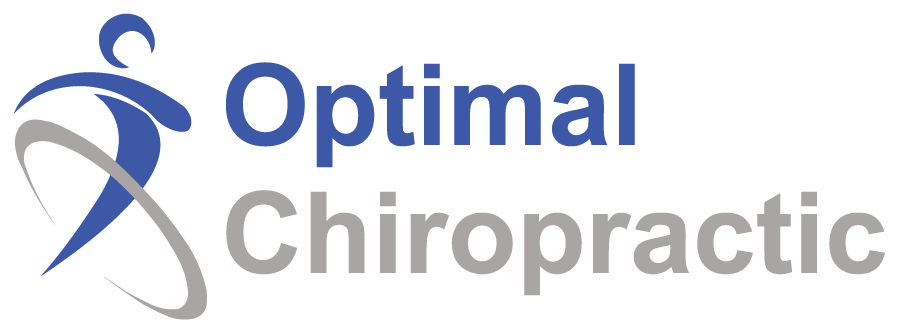The use of painkillers and over-the-counter medications are very common for pain relief among many Americans. However, most are unaware that these medications may in fact be slowing the process of healing in many of the conditions they are attempting to treat. Non-steroidal anti-inflammatory drugs (NSAIDs) such as ibuprofen can be very helpful to decrease minor aches and pains, and help us continue with our daily activities, but at what point do they actually become harmful to our health?Inflammation is not always a bad thing. It is the body’s way of protecting itself and removing harmful factors so that healing can begin. After an injury, the body activates specific cells which attack the injured area. These cells will increase blood flow allowing more nutrients to flow to the area. It can also produce swelling which may also stimulate nerve fibers which cause pain.Knowing the importance of inflammation in the body, it becomes easier to appreciate how anti-inflammatory medications may inhibit tissue repair. There are 2 enzymes in the body which regulate different functions, COX-1 and COX-2. The second is responsible for signaling pain and beginning the process of inflammation, as well as stimulating part of the immune response. The delay in healing is due to the inhibition of prostaglandin production from the COX-2 enzyme. These prostaglandins control processes such as muscle and blood vessel constriction.Without inflammation, the healing process would be much slower as it would be difficult to initiate this healing process. Many practitioners even discourage the use of ice, as it may cause vasoconstriction (or narrowing of the blood vessels) and decrease the amount of nutrients brought to the injured area.Even with exercise, the harder you train, small micro-tears are occurring in the muscle. The more forcefully the muscles contract, the more damage may occur. Without inflammation to initiate healing, more and more injury may occur over time with repetitious activity. This is also one reason why taking NSAIDs before a work out could be harmful.Soft tissues such as muscle, ligaments, and tendons are not the only structures in the body affected by NSAID use. Injuries to bone, particularly fractures, are also affected when it comes to the remodeling phase. With fracture healing, the area undergoes the inflammatory process, new blood vessel formation, a callus forms, and new bone is laid down to the area of injury. Prostaglandins also play an important role in the formation of different types of bone cells. Therefore, long term use of NSAID pain relievers can delay the process of healing fractures, and may actually accelerate other conditions such as osteoporosis and joint deterioration.The effects of NSAIDs are not only harmful to the musculoskeletal system, but to other bodily systems such as the digestive tract as well. Over-the-counter medications such as Aspirin can cause excessive stomach acid production. Stomach acid is very acidic, as it is needed to break down food and nutrients we take in on a daily basis. The stomach has a protective coating so as to not become degraded from the acid. However, with constant higher levels of acidity than normal, this acidic environment can lead to a breakdown of the lining causing ulceration and bleeding in other areas of the gastrointestinal tract.So are we saying NSAIDs are all bad, all the time, in every situation? Of course not. However, there are consequences with repeated, long term use. Many athletes, for example, who are constantly training need to be aware of the effects which over-the-counter medications may carry. Injuries take time to heal, and it is important to take the time to allow the body to its job.
